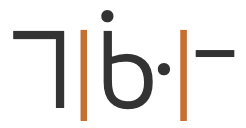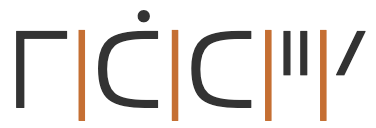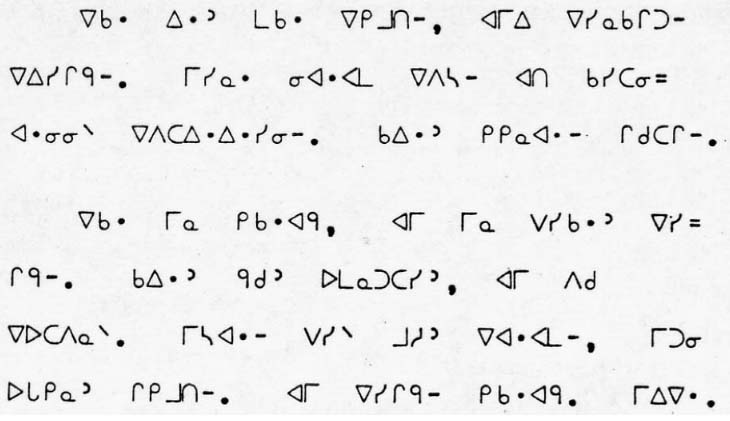Phonology
Plains Cree, itself a dialect of the Cree language, includes 2 sub-dialects: Southern and Northern.
Click on the sounds to reveal locations in this document where they are mentioned.
Phones in a lighter colour are non-native or allophones. Source Wikipedia.
Vowel sounds
Northern Plains Cree has only 3 long vowels, since it collapses eː into iː.wcl,#Vowels
Other vowels may also represent a range of actual sounds, for example ɪ may sometimes be pronounced more like i, ʊ like u, and a like ɑ, ɛ, or ʌ.wcl,#Vowels
Consonant sounds
| labial | dental | alveolar | post- alveolar |
palatal | velar | uvular | glottal | |
|---|---|---|---|---|---|---|---|---|
| stop | p b | t d | k g | ʔ | ||||
| affricate | t͡s | |||||||
| fricative | v | s | h | |||||
| nasal | m | n | ||||||
| approximant | w | r l | j | |||||
 |
 |
 |
 |
 |
 |
 |
 |
The voicing of stops and the affricate is not contrastive. The voiceless variants of stops occur at the beginning of a word, at the end of a word, and after ᐦ h h or ᐢ s s. The voiced variants generally occur in all other situations, although there may be exceptions.wcl,#Consonants
The sound t͡s may be pronounced t͡ʃ by some people.wcl
Pre-aspirated stops and affricates are considered to be simply clusters of h plus the following consonant, and are not phonemes.wcl,#Consonants Pre-aspiration can distinguish words such as the following.
ᐑᒋᐦᐃᐠ
ᐑᒋᐦᐃᕽ
Tone
Cree is a non-tonal language.
Structure
Wikipedia provides the following table to indicate Cree syllable structure in relation to the obligatory vowel. Parentheses indicate optional components.
| Word-initial (#_V) | Word-medial (V_V) | Word-final (V_#) |
|---|---|---|
| p(w) | (h,s)p(w) | (h,s)p |
| t(w) | (h,s)t(w) | (h,s)t |
| c(w) | (h,s)c(w) | (h,s)c |
| k(w) | (h,s)k(w) | (h,s)k |
| h(w) | ||
| s | s(w) | s |
| m(w) | m(w) | m |
| n | n(w) | n |
| w | w | w |
| y | y(w) | y |
| hy |
Although any vowel can occur in any position in the word, the long vowels iː, eː, and oː are found only rarely in initial and final positions.wcl,#Phonotactics
Plains Cree does not permit vowel clusters, clusters of identical non-syllabics, or fricatives followed by a fricative, nasal, or y.wcl,#Phonotactics
The coda, when it occurs, is either s or h but many Plains Cree words end in a vowel.wcl,#Phonotactics







